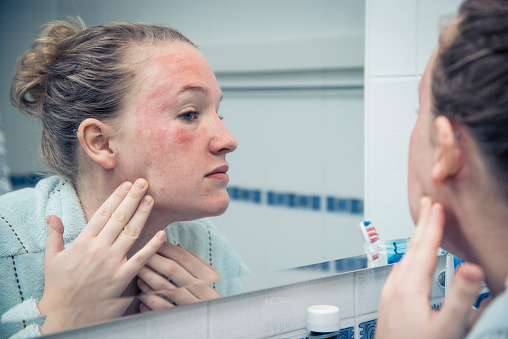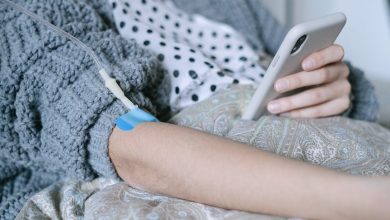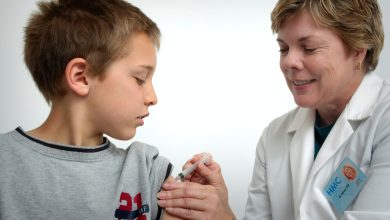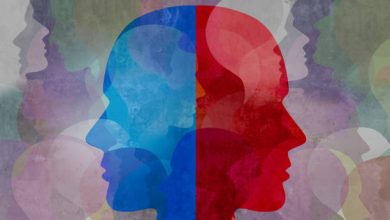What are skin lesions Its causes and treatments

What is a skin lesion? How to treat it? Skin lesions are very common. They are caused by various reasons such as sunburn, acne, or other conditions. The treatment depends on the cause of the skin lesion.
Skin lesions are red marks, bumps, or sores on the skin. These can occur due to several reasons. Some of them are harmless and some of them are dangerous. The harmful ones include warts, moles, skin cancer, and skin infections.
Skin lesions are very common. Most of us get these at least once in our lifetime. You will find too many ways to treat skin lesions, one way is to apply topical medications and another way is to remove the affected area using surgical methods.
What are skin lesions?
Skin lesions are small bumps or lumps that appear on your skin. They may look like pimples, but they aren’t acne. Most often, they’re harmless, but some types can cause discomfort or pain.
Some people develop them because of medical problems, including diabetes, thyroid disease, and psoriasis. Others develop them as part of certain genetic syndromes. Still others develop them after taking certain medications, particularly those used to treat high blood pressure.
What is the primary skin lesion?
Skin lesions can be divided into 2 main types: primary and secondary. Primary skin lesions originate from previously healthy skin and are associated with a specific cause (e.g., freckles, moles, etc.). Secondary skin lesions evolve from the evolution of a previous skin lesion, either because of trauma (scratching/rubbing) or because of its treatment or progression (crusts, sores, etc.).
What is a malignant skin lesion?
A malignant skin lesion looks like a red, scaly patch. It usually forms a crusty sore, but sometimes it can be a bleeding sore.
What is a benign skin lesion?
A benign skin lesion is any kind of abnormal skin growth that doesn’t need to be treated. Melanocytic nevi are common, but other types of benign skin tumors also exist. These include skin tags, cherry angiomata, and lipomas.
Benign skin lesions are usually symmetrical, circular, and well-defined. They may appear as bumps, papules, or warts. Benign skin lesions tend to grow slowly over time. In some cases, it can be hard to tell if a lesion is benign or malignant. A biopsy or surgical removal can help determine whether a lesion is benign.
Benign lesions should be distinguished from premalignant actinic keratosis, which presents an increased risk of developing different types of skin cancer, and lentigo malignata, which takes the appearance of localized brownish or black lesions, predominantly located on the face and trunk, and occurs as a result of long-term unprotected sun exposure.
What causes skin lesions?
Skin lesions can be caused by many things. Some of them are inherited, like moles or birthmarks. Others are caused by an infection, like a virus or a bacterium. Still, others are caused by allergies, like poison ivy.
Others are caused by medication, like steroids or chemotherapy. Still others are caused when you get burned or bitten. Some people also develop skin lesions because of poor circulation. There are many other reasons why someone might develop skin lesions.
Treatment of skin lesions:
Skin lesions are caused by a number of different things including sunburn, psoriasis, eczema, acne, fungal infections, and dermatitis. The most common treatment is topical steroids which should only be used if all other options fail.




